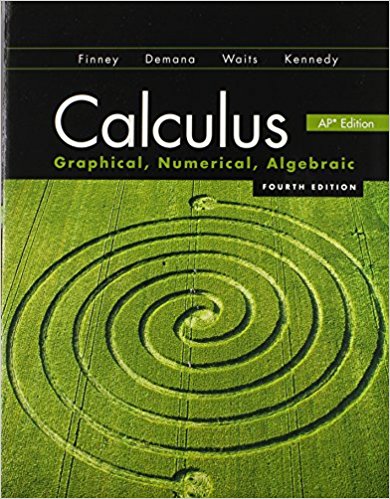AP CompSci A 2018-2019:
OOP &
Data Types
(October)
LAB03+LAB04 ScreenCasts
LAB03 was all about Abstraction and Encapsulation! We started learning Object Oriented Programming (OOP) in earnest. We created our very own classes from scratch for the very first time complete with Constructor, Accessor and Mutator methods.
LAB04 is all about Data Types. We talked about the difference between a primitive variable and an Object variable. When using primitives, we compared double vs float as well as int vs long types.
BTW, we're loving our new c9.io ide from the Amazon Cloud! Don't forget out Processing IDE!
LAB04 is all about Data Types. We talked about the difference between a primitive variable and an Object variable. When using primitives, we compared double vs float as well as int vs long types.
BTW, we're loving our new c9.io ide from the Amazon Cloud! Don't forget out Processing IDE!
RECOMMENDED AP COMPSCI REVIEW:
CRIB SHEET (given during exam)
REVIEW BARRONS BOOK
REVIEW BARRONS ONLINE
REVIEW APCENTRAL (past FRQs)
REVIEW EDX REVIEW MOOC01
REVIEW BARRONS BOOK
REVIEW BARRONS ONLINE
REVIEW APCENTRAL (past FRQs)
REVIEW EDX REVIEW MOOC01
REVIEW UDEMY REVIEW MOOC02
REVIEW CODING_BAT
XTRA CREDIT FILKS RUBRIC
(1 video = up to 5 bonus points):
XTRA CREDIT ARTICLES RUBRIC
(up to 5 articles = 1 bonus point each):
(1 video = up to 5 bonus points):
1) Use a recognizable tune.
2) Karaoke entire song changing up the words (about STEM).
3) You are Singing, Dancing or Playing an instrument.
4) You upload your video to YouTube and provide the url.
5) YouTube Description includes the lyrics.
XTRA CREDIT ARTICLES RUBRIC
(up to 5 articles = 1 bonus point each):
1) Cover Sheet is a Summary of the article.
2) Full Page, 12 pt Font, Double Spaced, 1" Margins.
3) Article has to be STEM related
4) Article has to be a current event.
5) Copy of entire article is attached.
Well, that's all folks!
Teaching with Technology,
AJG
A. Jorge Garcia
Applied Math, Physics & CompSci

Beautiful Mind Soundscape:














